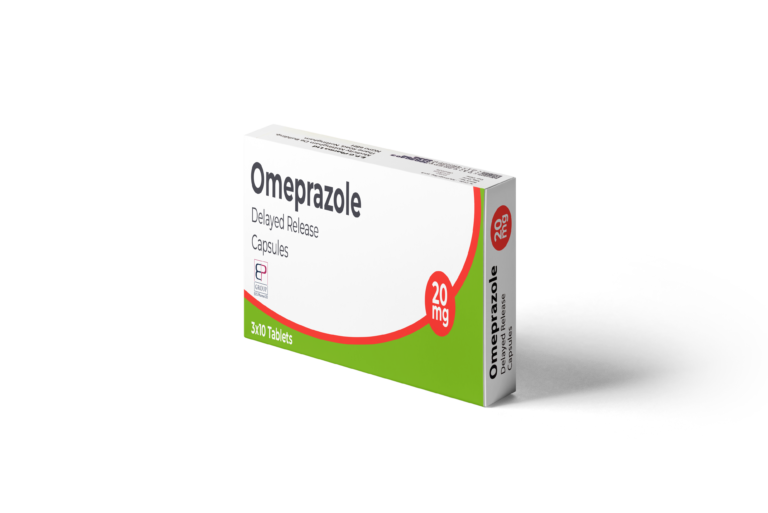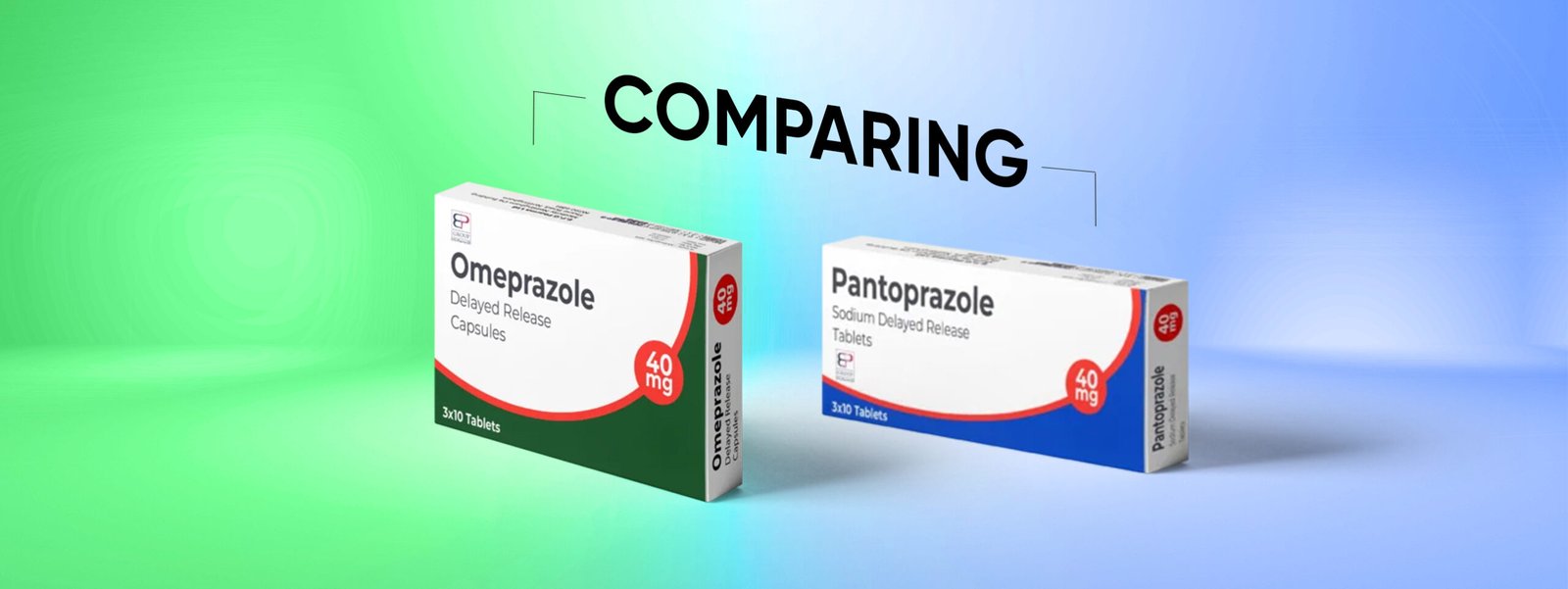

Pantoprazole & Omeprazole
| Omeprazole | |
|---|---|
 |
Omeprazole:Omeprazole is another commonly used proton pump inhibitor (PPI) that, like pantoprazole, works by reducing stomach acid production. It's used to treat a variety of conditions related to excess stomach acid, including:
|
| Pantoprazole | |
|---|---|
 |
Pantoprazole:Pantoprazole is a medication used to reduce stomach acid. It belongs to a class of drugs called proton pump inhibitors (PPIs). By blocking the proton pumps in the stomach lining, it decreases the production of stomach acid. This helps in treating conditions such as:
|

Comparing between Omeprazole and Pantoprazole .
Omeprazole and Pantoprazole are both proton pump inhibitors (PPIs) used to reduce stomach acid, but there are some differences between them:
| 1. Chemical Structure and Metabolism | |
|---|---|
| Omeprazole: Has a slightly different chemical structure and is metabolized primarily in the liver by the enzyme CYP2C19. This metabolism can be affected by genetic variations in the CYP2C19 enzyme, which can influence the drug’s effectiveness and side effect profile. |
Pantoprazole: Also metabolized in the liver, but primarily by the enzyme CYP2C19 and to a lesser extent by CYP3A4. Its metabolismtends to be less variable among individuals compared to omeprazole. |
| 2. Duration of Action | |
|---|---|
| Omeprazole: Typically has a half-life of about 1 to 1.5 hours, but its effect on acid secretion lasts longer due to its mechanism of action. |
Pantoprazole: Has a half-life of around 1 hour as well, with a similar duration of acid suppression. |
| 3. Formulation and Dosing | |
|---|---|
| Omeprazole: Available in several formulations, including immediate-release tablets, delayed-release capsules, and oral suspension. It is often taken once daily but can be prescribed more frequently depending on the condition. |
Pantoprazole: Available in delayed-release tablets and oral suspension. It is typically taken once daily. |
| 4. Indications and Efficacy | |
|---|---|
| Omeprazole: Often used for a broader range of conditions, including GERD, peptic ulcers, and H. pylori eradication. It’s available over-the-counter for short-term relief of frequent heartburn. |
Pantoprazole: Commonly prescribed for GERD, erosive esophagitis, and Zollinger-Ellison syndrome. It may be preferred in some cases for its more predictable metabolism and fewer drug interactions. |
| 5. Side Effects and Drug Interactions | ||
|---|---|---|
| Both: drugs have similar side effects, including headache, nausea, diarrhea, and abdominal pain. Long-term use can be associated with risks such as vitamin B12 deficiency and bone fractures. |
Omeprazole: Has more potential for interactions with drugs metabolized by CYP2C19, such as clopidogrel (a blood thinner), which can reduce the effectiveness of the latter. |
Pantoprazole: Generally has fewer interactions with drugs metabolized by CYP enzymes, making it a better option in certain drug interactions. |

